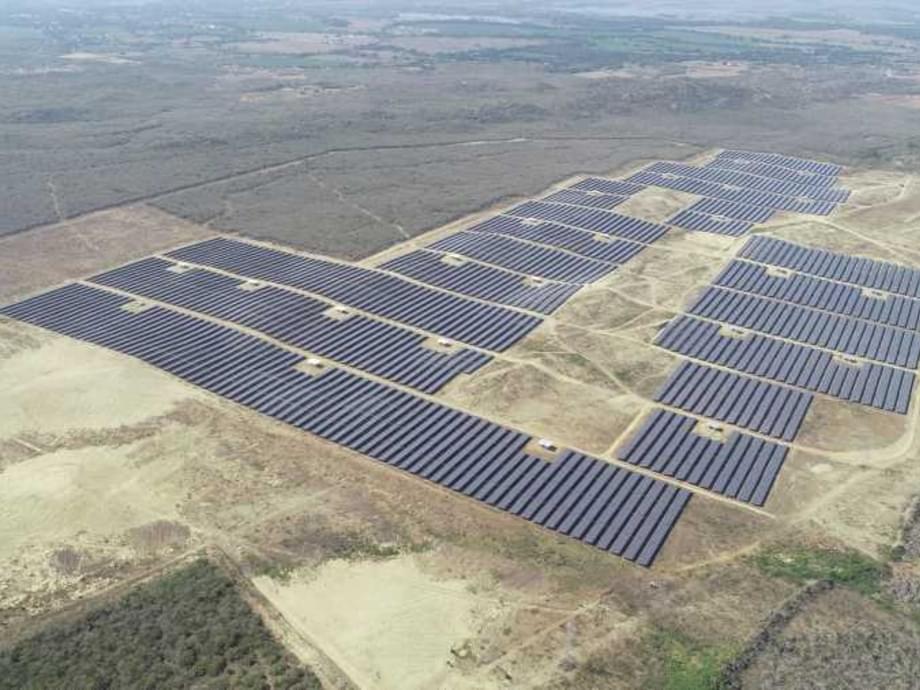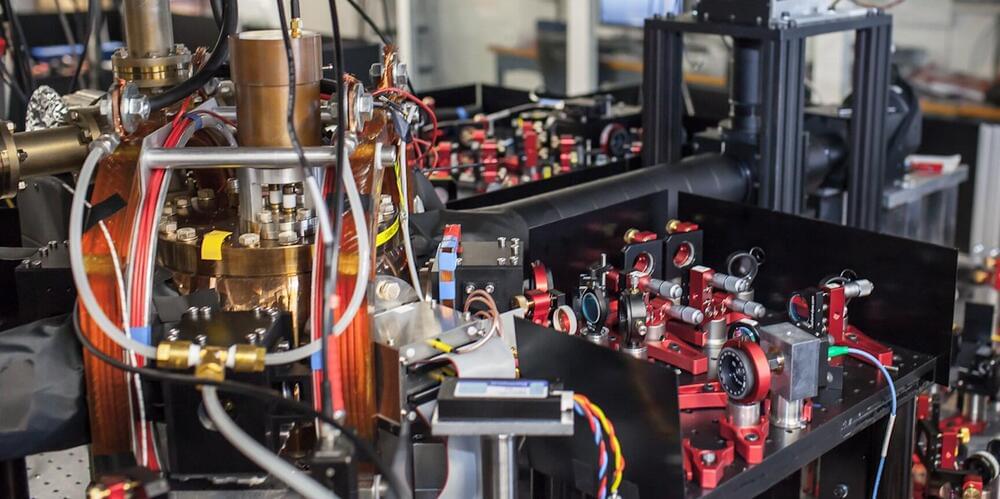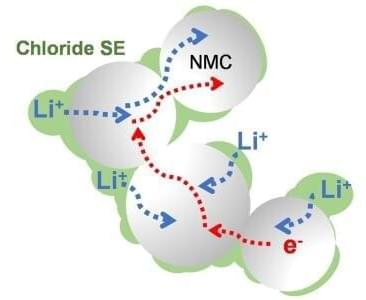The Dominican Republic is home to the largest solar park in the Caribbean. It was built by F&S Solar. The company based in Euskirchen, Germany, has relied exclusively on Lapp for many years.


Glacier Peak in Snohomish County is currently at a “very high” threat for eruption — the top classification of threat levels, according to federal scientists.
Watch FOX 13 Seattle Live: https://www.q13fox.com/live.
FOX 13 Seattle is Western Washington’s source for breaking news, weather, traffic, politics and sports. Home of Washington’s Most Wanted and the official TV partner of the Seattle Seahawks, Sounders FC and Storm Basketball.
Download the FOX 13 Seattle News App: https://q13fox.onelink.me/PeGO/7e4d2af8
Download the FOX 13 Seattle Weather App: https://jckig.app.link/dlUcXuM2Peb.
Sometimes those working in the field of rejuvenation biotechnology face the accusation that what they are doing is just a fear of death, like not being scared of age-related diseases is somehow brave.
War used to be fashionable but now it isn’t
These days, war is not really portrayed in a very good light. When we think about war, we think about genocide, mass murder, and slaughter, and we call for an end to it. The popular sentiment is that war is bad and we should just do away with it.

ETH physicists have modified one of the major schemes for quantum error correction and put it into practice, demonstrating that they can substantially prolong the lifetime of quantum states—a crucial ingredient for future large-scale quantum computers.
In modern computing devices, literally billions of transistors work restlessly in almost perfect harmony. The keys to producing near-perfect computation from devices made from imperfect components are the use of digitisation and error correction, with the latter encompassing procedures to detect and rectify inaccuracies as they occur. The challenge of preventing errors from accumulating is one that future quantum computers have to face as well—in fact it forms the main barrier to realizing useful computations. Alas, the tools that have been perfected for classical computers cannot be applied directly to quantum computers, which play by another set of rules, those of quantum mechanics. Ingenious solutions for quantum error correction have been proposed over the past couple of decades, and recently there has been encouraging progress towards implementing such methods in state-of-the-art quantum computers. Writing in Nature Physics, the group of Prof.


About 1 in 300 people in the general population carry the Tay-Sachs disease gene. Ray Kachatorian/Stone via Getty ImagesTwo babies have received the first-ever gene therapy for Tay-Sachs disease after over 14 years of development. Tay-Sachs is a severe neurological disease caused by a deficiency in an enzyme called HexA. This enzyme breaks down a fatlike substance that normally exists in very small, harmless amounts in the brain. Without HexA, however, this fatlike substance can accumulate to toxic levels that damage and kill neurons.
It’s hard to find a single event with a bigger audience than the Super Bowl, which has made it one of the hottest pieces of advertising real estate anywhere. Meta went big this year with a 60 second ad spot that served to both promote VR to a national audience and solidify its rebranding from Oculus Quest 2 to Meta Quest 2.
If you were watching the Rams and Bengals duke it out during Super Bowl 56 on Sunday, you will also have been introduced to ‘Questy’s’ in an ad during the first quarter. The 60 second spot, which centered around a personified animatronic band that once played at a restaurant called Questy’s, was likely the single most expensive VR-related ad ever shown on TV to date.

Previously, aircraft ✈️ had to fly at 1,500 to 5,000 feet for airborne radars to detect illegal activity in our seas 🌊. With SeaVue Multi-Role, pilots can fly as… See more.
In some parts of the world, the sea is lawless, fraught with piracy, smuggling and illegal fishing.
To help navies and coastal authorities combat illegal activity, Raytheon Intelligence & Space has developed the SeaVue family of airborne radars, which detect small maritime targets such as illegal fishing vessels, go-fast boats and stateless ships—ships not registered to a country or government, on the high seas. RI&S engineers have added a new, upgraded radar to the family called SeaVue Multi-Role.
The radar works with RI&S’ AN/DAS-4 Multi-spectral Targeting System, an electro-optical/infrared sensor, to image the targets, providing operators with enhanced actionable intelligence.

In the quest for the perfect battery, scientists have two primary goals: create a device that can store a great deal of energy and do it safely. Many batteries contain liquid electrolytes, which are potentially flammable.
As a result, solid-state lithium-ion batteries, which consist of entirely solid components, have become increasingly attractive to scientists because they offer an enticing combination of higher safety and increased energy density—which is how much energy the battery can store for a given volume.
Researchers from the University of Waterloo, Canada, who are members of the Joint Center for Energy Storage Research (JCESR), headquartered at the U.S. Department of Energy’s (DOE) Argonne National Laboratory, have discovered a new solid electrolyte that offers several important advantages.
